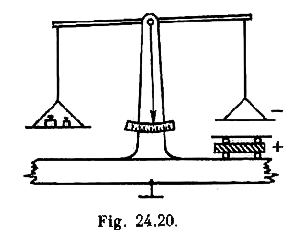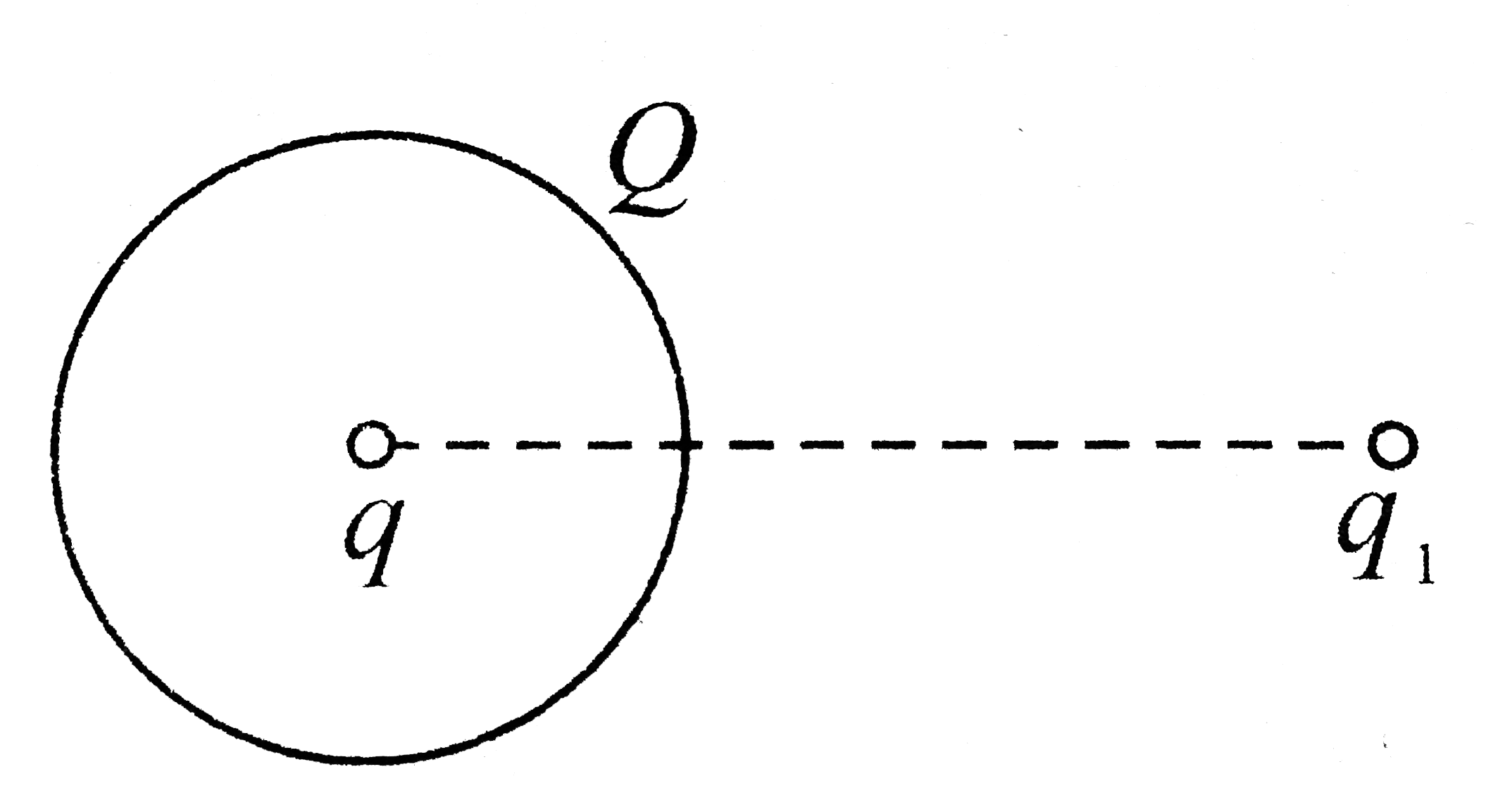A spherical shell made of plastic, contains a charge Q distributed uniformly over its surface. What is the electric field inside the shell? If the shell is hammered to deshape it without altering the charge. Will the field inside be changed? What happend if the shell is made of a metal?
To solve the problem step by step, we will analyze the situation involving a spherical shell with a charge Q distributed uniformly over its surface. We will consider both the non-conducting (plastic) and conducting (metal) cases.
Step 1: Determine the Electric Field Inside the Non-Conducting Spherical Shell
1. Understanding the Setup: We have a spherical shell made of plastic (non-conducting) with a uniform charge Q on its surface.
2. Applying Gauss's Law: According to Gauss's Law, the electric field E inside a closed surface is determined by the charge enclosed by that surface.
3. Charge Inside the Shell: Inside the spherical shell, there is no charge enclosed (since all the charge is on the surface).
4. Conclusion: Therefore, the electric field inside the shell is:
E=0
Step 2: Analyzing the Effect of Hammering the Shell
1. Deformation of the Shell: If the shell is hammered into a different shape but the total charge Q remains the same and uniformly distributed on the surface.
2. Charge Distribution: The charge will still reside on the outer surface of the new shape.
3. Applying Gauss's Law Again: Since there is still no charge enclosed within any Gaussian surface inside the new shape, the electric field remains:
E=0
Step 3: Considering the Case of a Conducting Shell
1. Understanding Conducting Shell: If the shell were made of metal (conducting), the charge Q would still distribute itself uniformly on the outer surface of the shell.
2. Electric Field Inside Conductors: In electrostatic equilibrium, the electric field inside a conductor is always zero.
3. Conclusion for Conducting Shell: Thus, for a conducting shell, the electric field inside is also:
E=0
Final Summary
- For a non-conducting spherical shell with charge Q on its surface, the electric field inside is E=0.
- If the shell is reshaped without changing the charge, the electric field inside remains E=0.
- For a conducting spherical shell, the electric field inside is also E=0.
2. Applying Gauss's Law: According to Gauss's Law, the electric field E inside a closed surface is determined by the charge enclosed by that surface.
3. Charge Inside the Shell: Inside the spherical shell, there is no charge enclosed (since all the charge is on the surface).
4. Conclusion: Therefore, the electric field inside the shell is:
E=0
2. Charge Distribution: The charge will still reside on the outer surface of the new shape.
3. Applying Gauss's Law Again: Since there is still no charge enclosed within any Gaussian surface inside the new shape, the electric field remains:
E=0
2. Electric Field Inside Conductors: In electrostatic equilibrium, the electric field inside a conductor is always zero.
3. Conclusion for Conducting Shell: Thus, for a conducting shell, the electric field inside is also:
E=0
- If the shell is reshaped without changing the charge, the electric field inside remains E=0.
- For a conducting spherical shell, the electric field inside is also E=0.
Topper's Solved these Questions
Similar Questions
Knowledge Check
Consider a thin spherical shell of radius R consisting of uniform surface charge density σ. The electric field at a point of distance x from its centre and outside the shell is
Ainversely proportional to σBdirectly proportional to x2Cdirectlr proportional to RDinversely proportional to x2
A charge Q is uniformly distributed on a thin spherical shell. What is the field at the centre of the shell? If a point charge is brought close to the shell, will the field at the centre change? Does your answer depend on whether the shell is conducting or nonconducting?
View SolutionA spherical shell of radius R carries a uniformly distributed charge q. The electrical forces arising cause the ex-pansion of the shell. Find the mechanical stress in the shell.

View SolutionIntensity of gravitational field inside the hollow spherical shell is
View SolutionA thin spherical shell of radius R has charge Q spread uniformly over its surface. Which of the following graphs most closely represents the electric field E(r) produced by the shell in the range 0≤r<∞, where r is the distance from the centre of the shell?
View SolutionA thin spherical shell of radius R has charge Q spread uniformly over its surface. Which of the following graphs most closely represents the electric field E(r) produced by the shell in the range 0≤r<∞, where r is the distance from the centre of the shell?
View SolutionA spherical shell of radius R has a uniformly distributed charge ,then electric field varies as
View SolutionA thin metallic spherical shell contains a charge Q on it. A point charge q is placed at the center of the shell and another charge q1 is placed outside it as shown in the figure. All the three charges are positive. Find the force on the charge

a. at centre due to all charges.
b. at center due to shell.
View Solution
